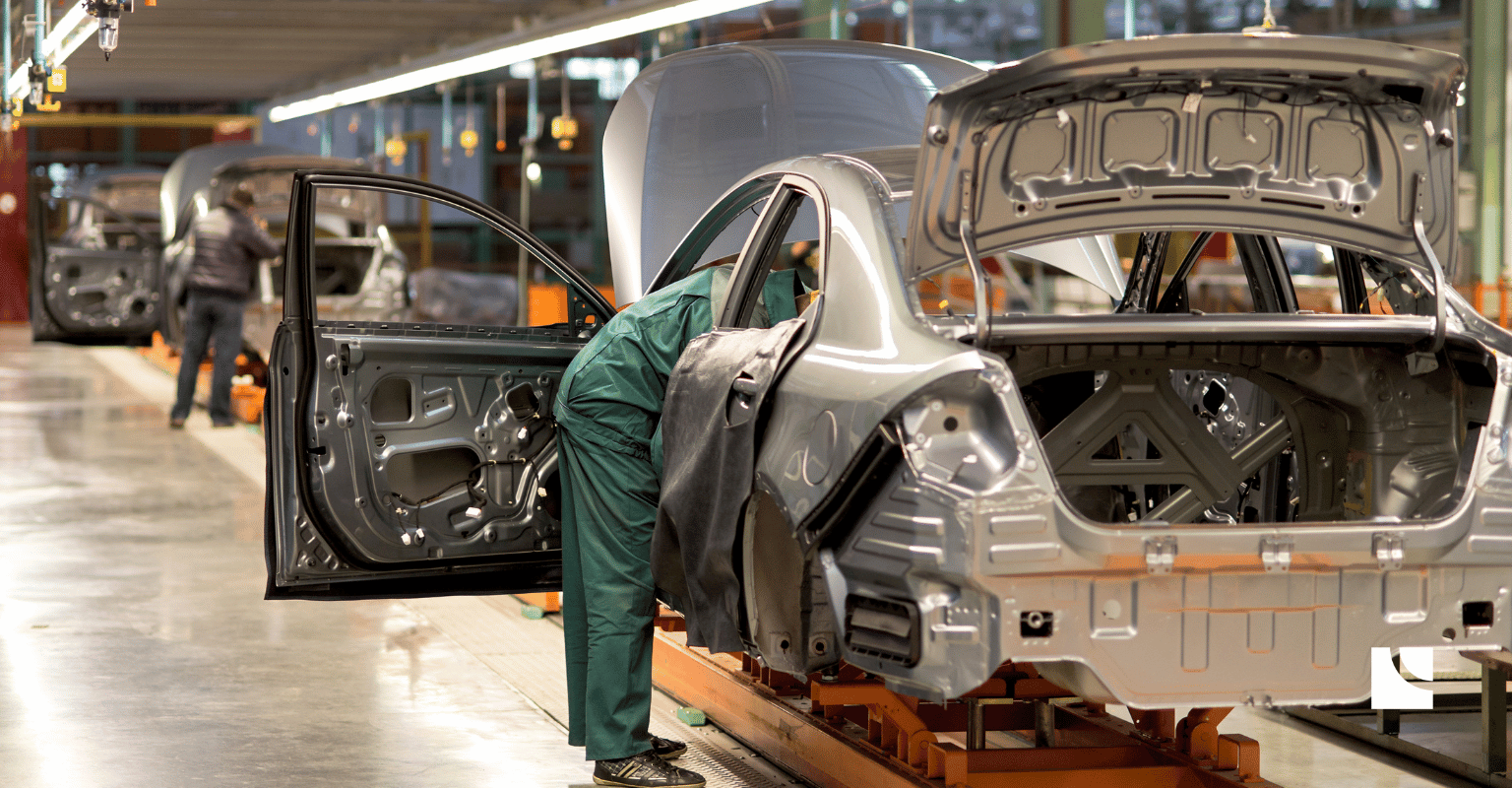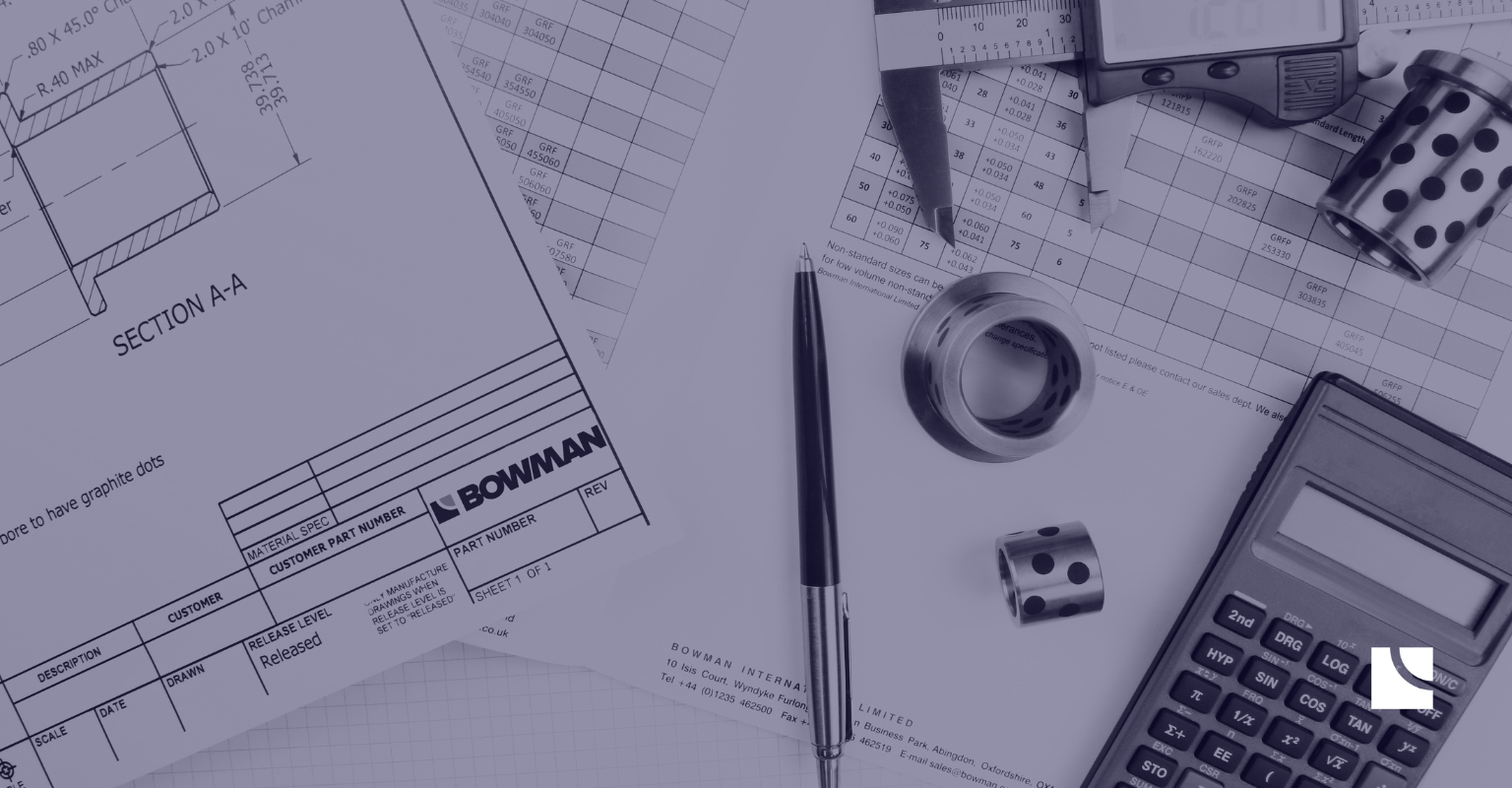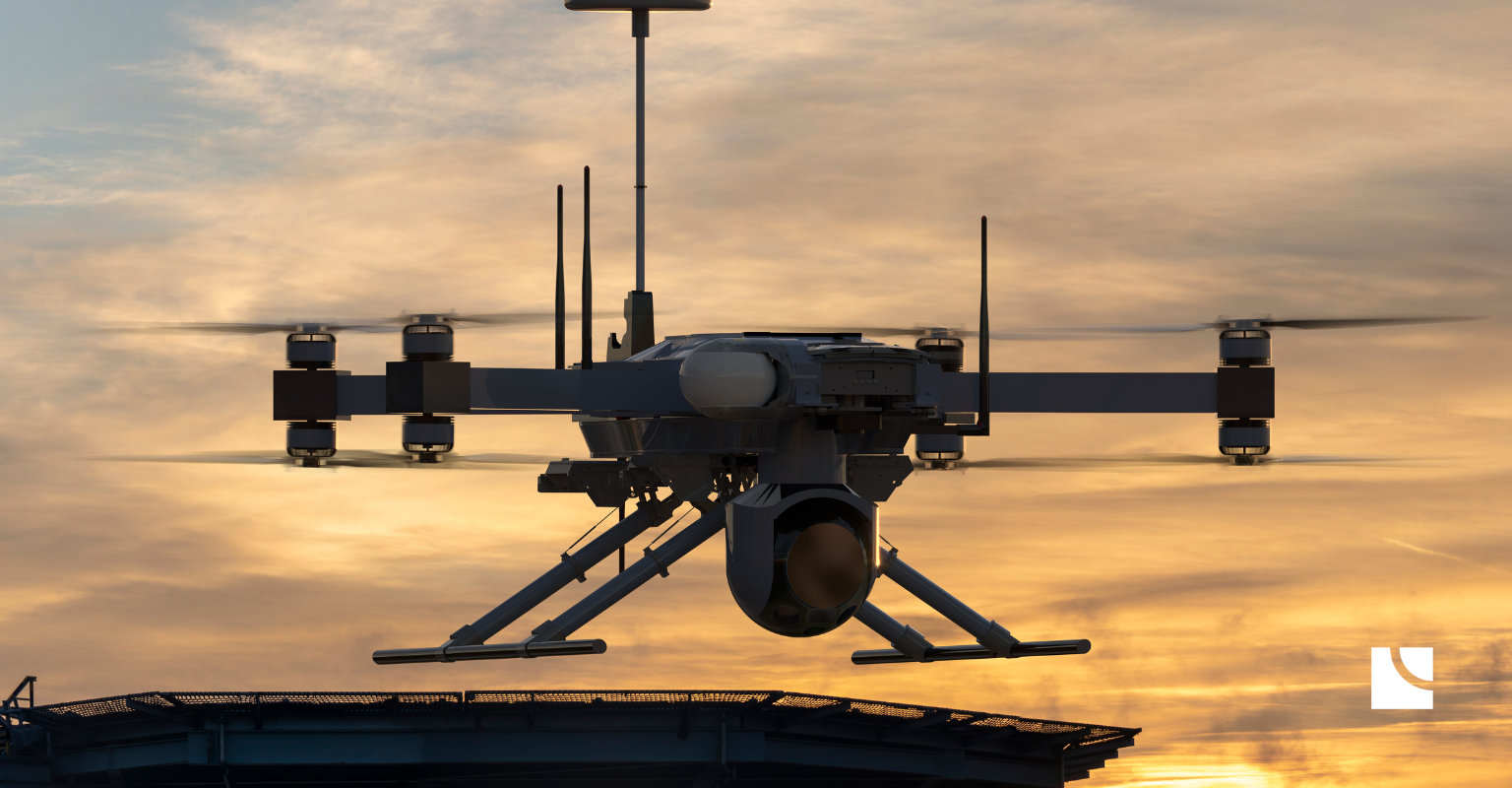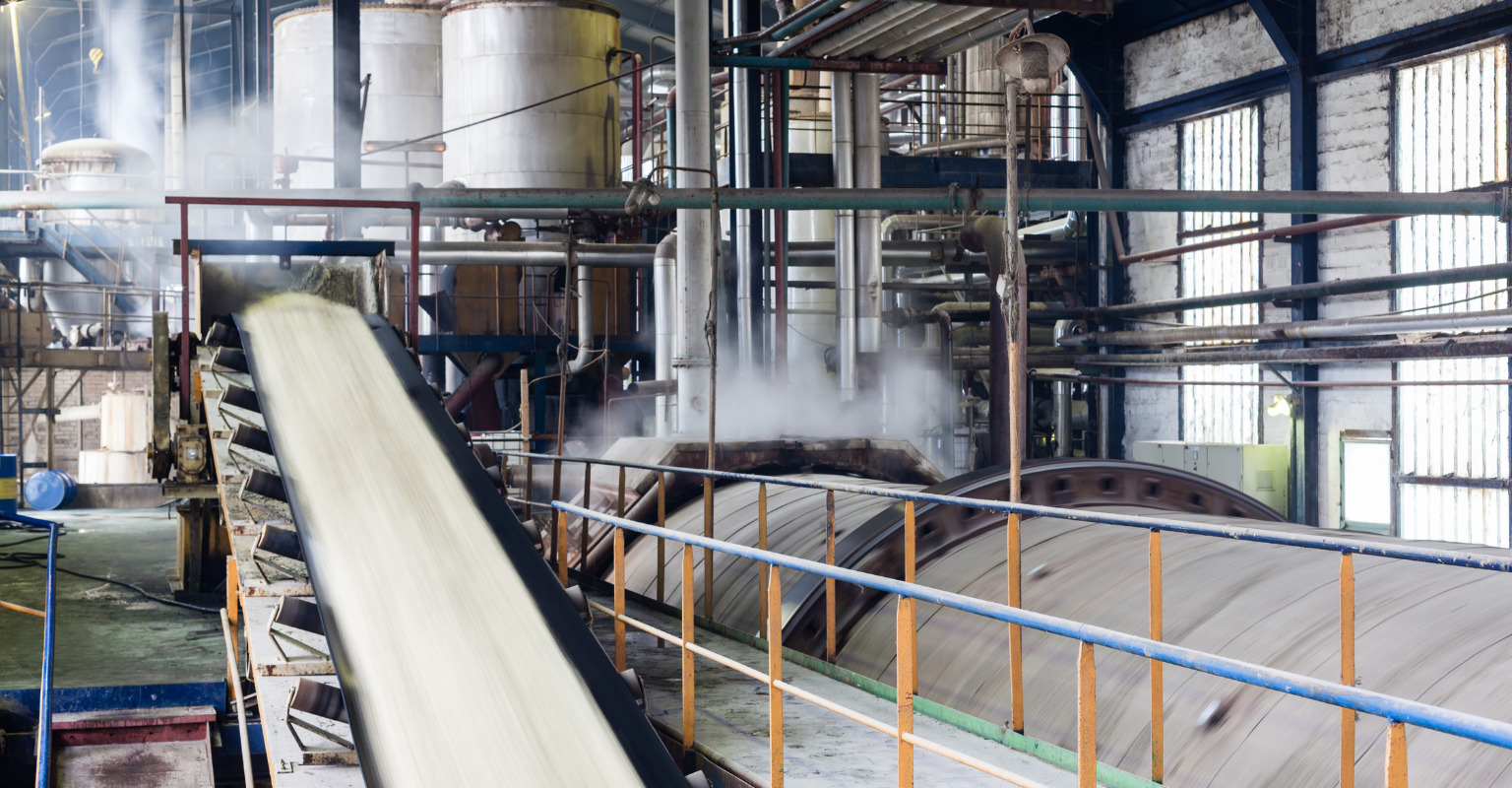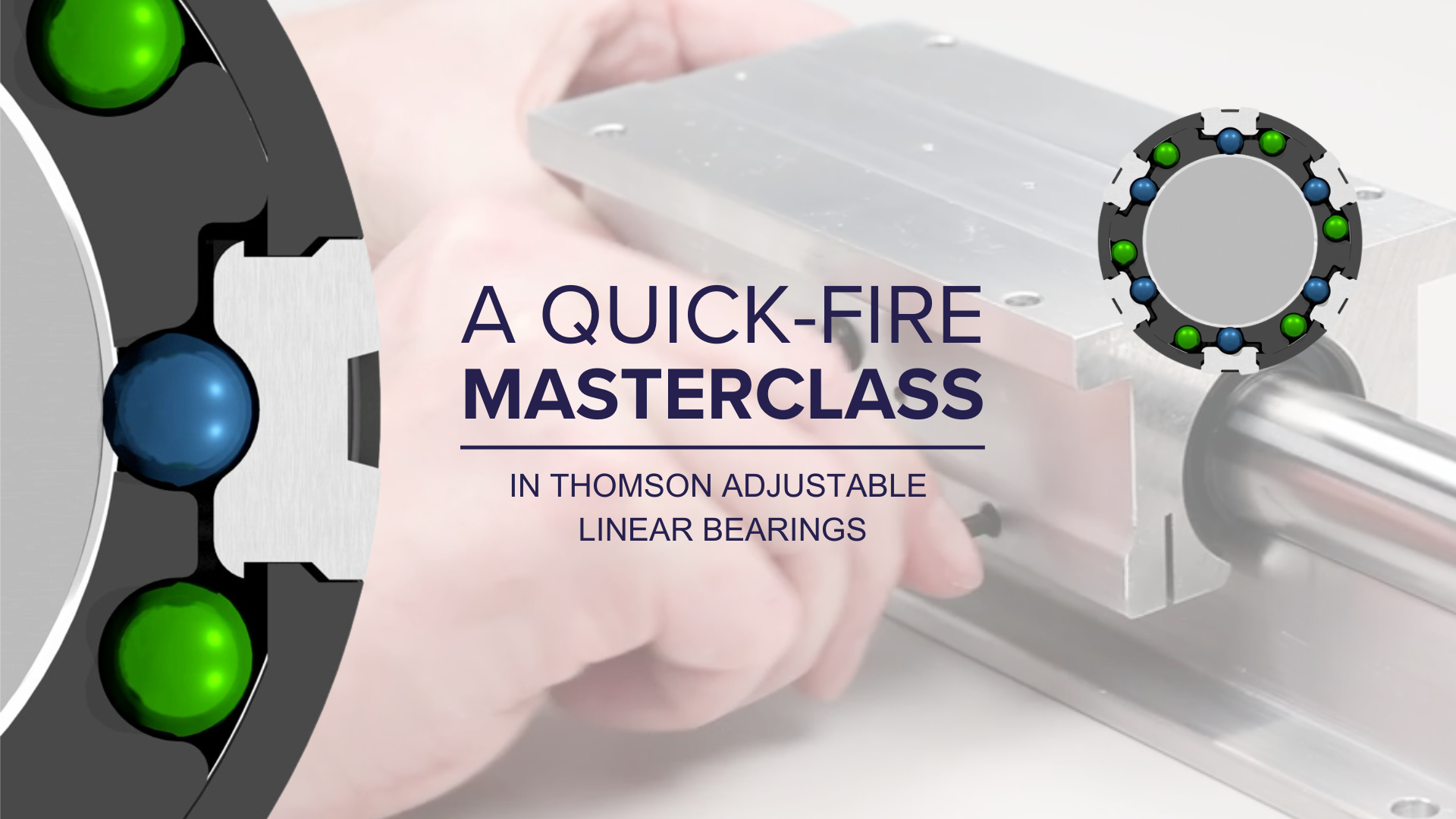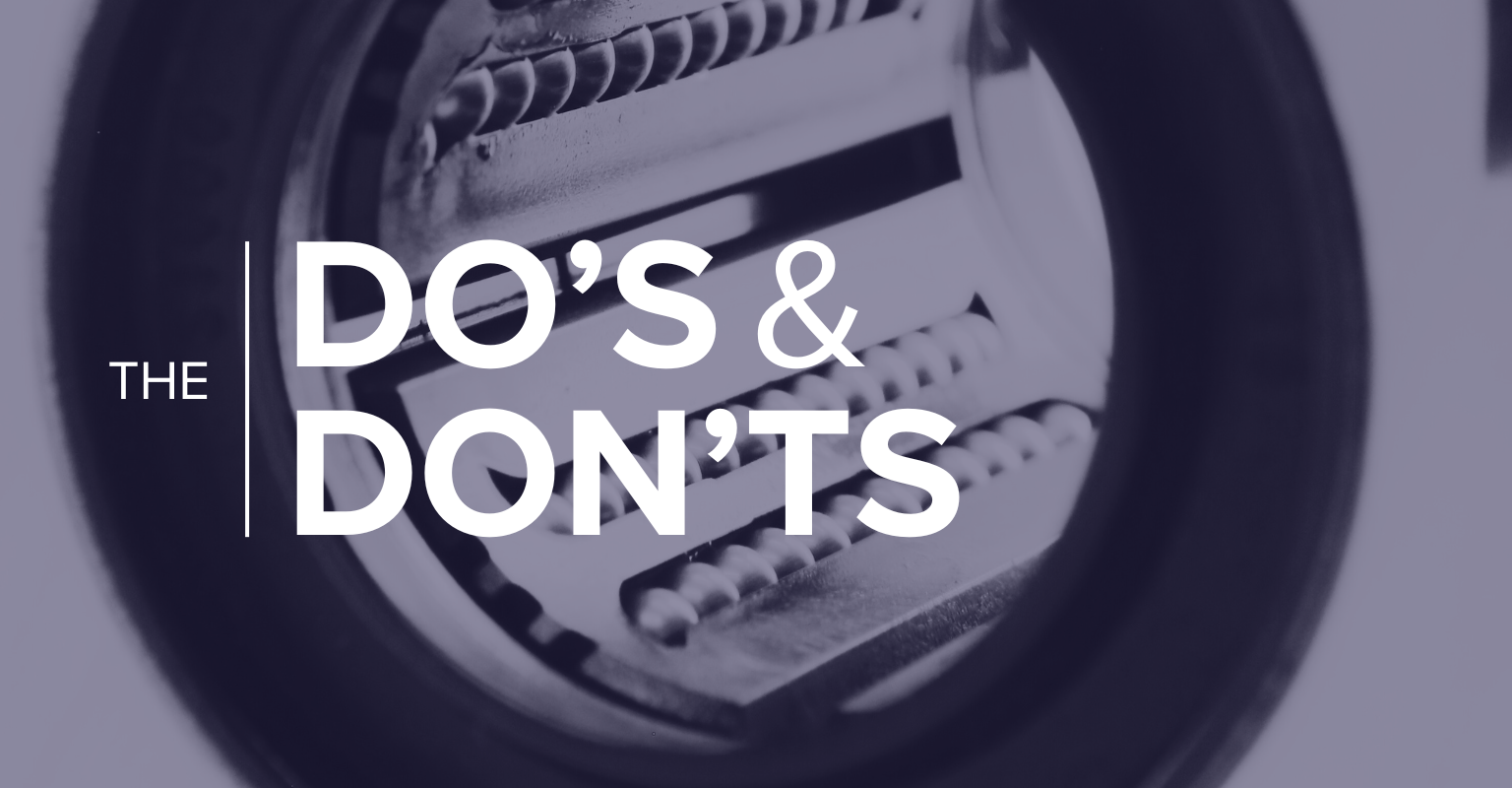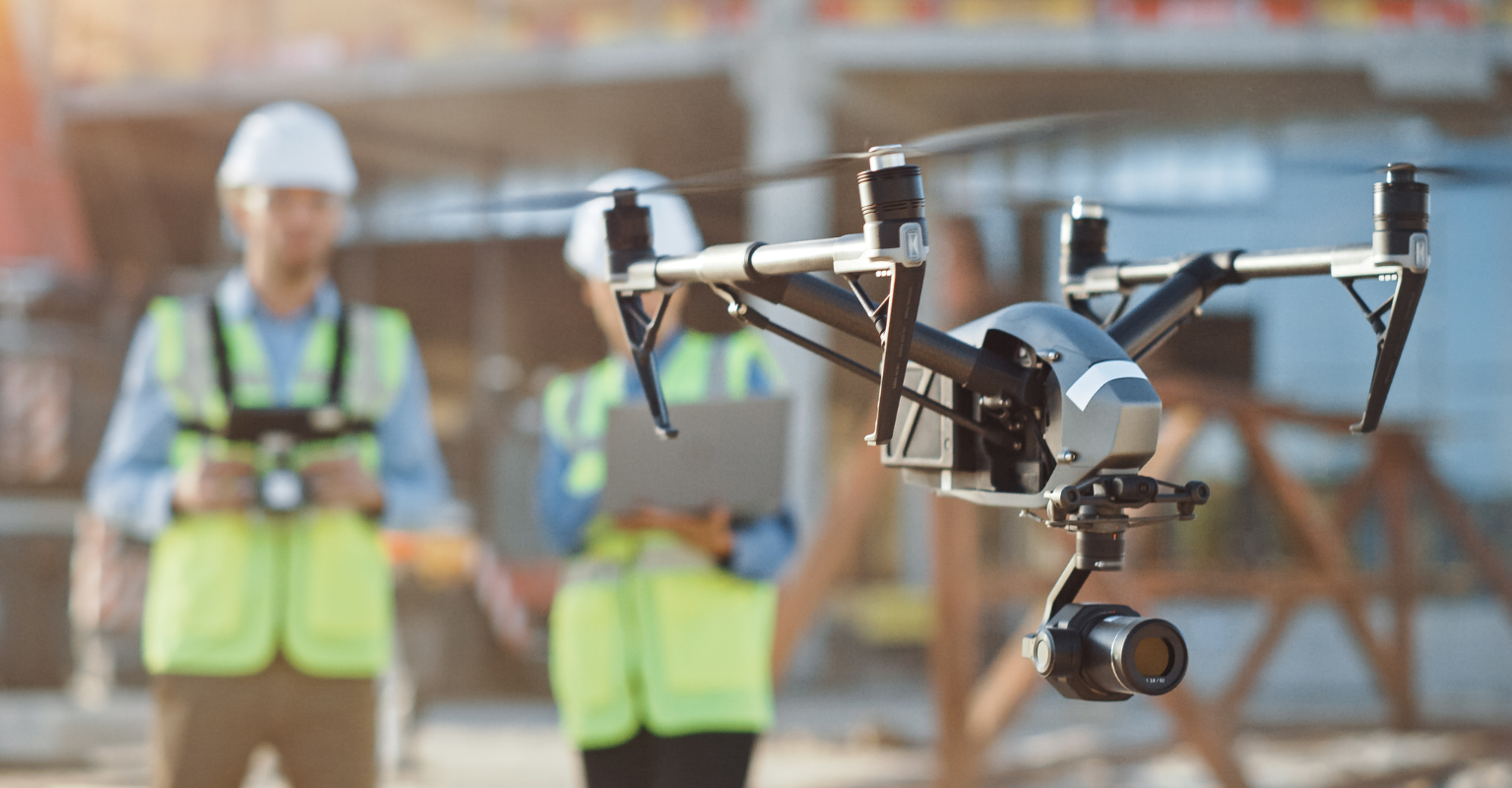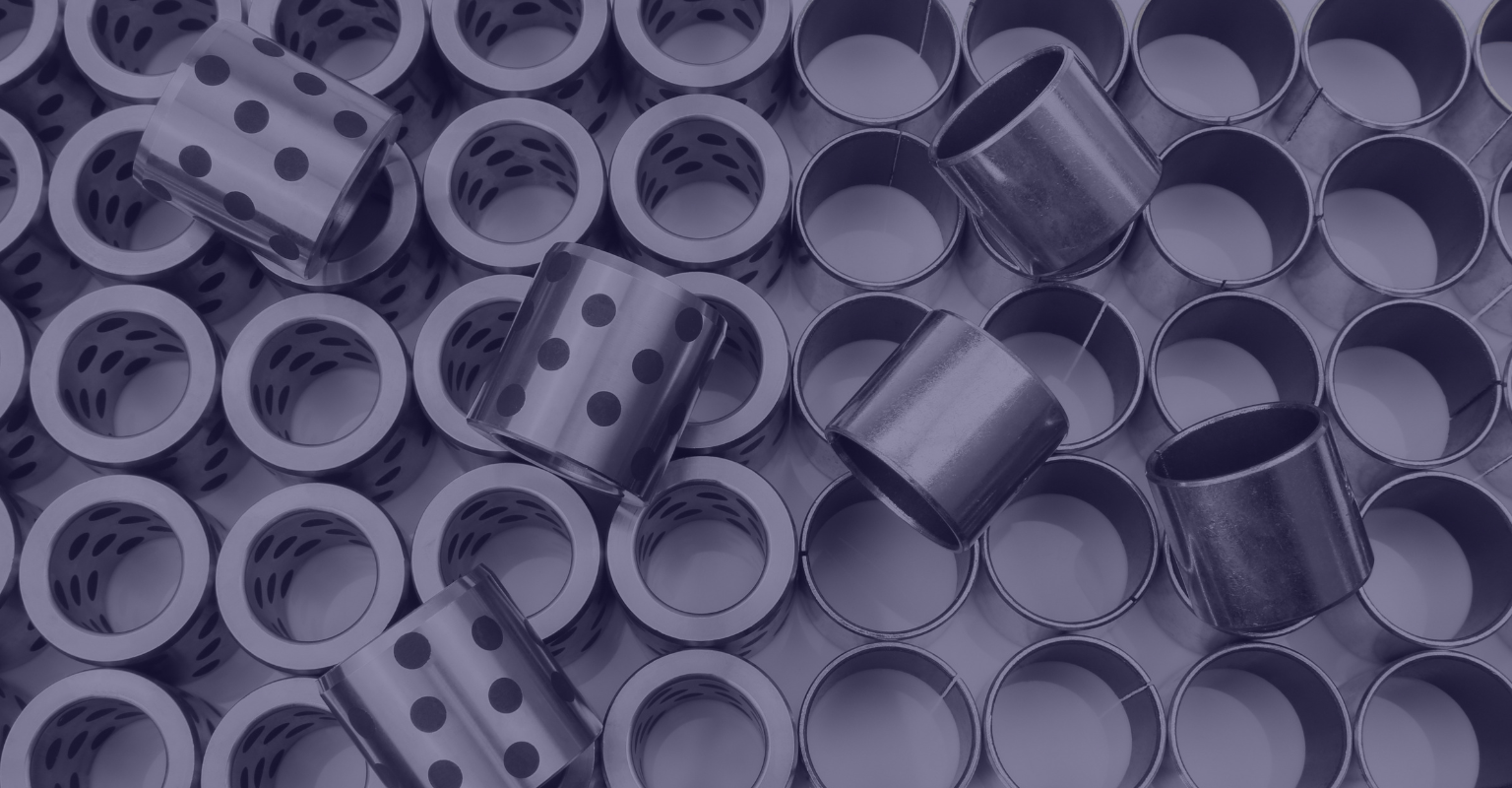We’re looking at the benefits of 3D printing in key sectors, specifically those where additive manufacturing has become a mainstream production method to unlock benefits that go beyond rapid prototyping. In the final part of our series, we consider the benefits of automotive.
Automotive parts production has really embraced the potential of 3D printing, with small to medium volume manufacturers in particular using additive manufacturing for everything from interior body panels to tooling for production. Engine parts, body parts and even chassis have all been the focus of 3D printing too, and we’ve already seen a range of fully 3D-printed concept cars, assembled from a 3D-printed skeleton.
As with aerospace, automotive manufacturers are taking advantage of the ability to produce lightweight components without compromising on strength or quality, particularly in motorsport where the smallest savings can be critical to success.
3D printing is also used for on-demand production of replacement parts, facilitating faster and more cost-effective maintenance in the automotive industry, even reducing the need for extensive warehouses to store large inventories of replacement components.
3D printing will play a key role in the future of the automotive industry
Looking ahead, we can expect to see more car manufacturers switch to 3D printing throughout their manufacturing processes and when you consider the thousands of parts that go into each car, it’s easy to see the opportunities for improvement.
The ability to produce bespoke parts on-demand also unlocks huge potential for customisation options, which will give consumers the chance to change certain features at affordable prices, even in mass production models.

